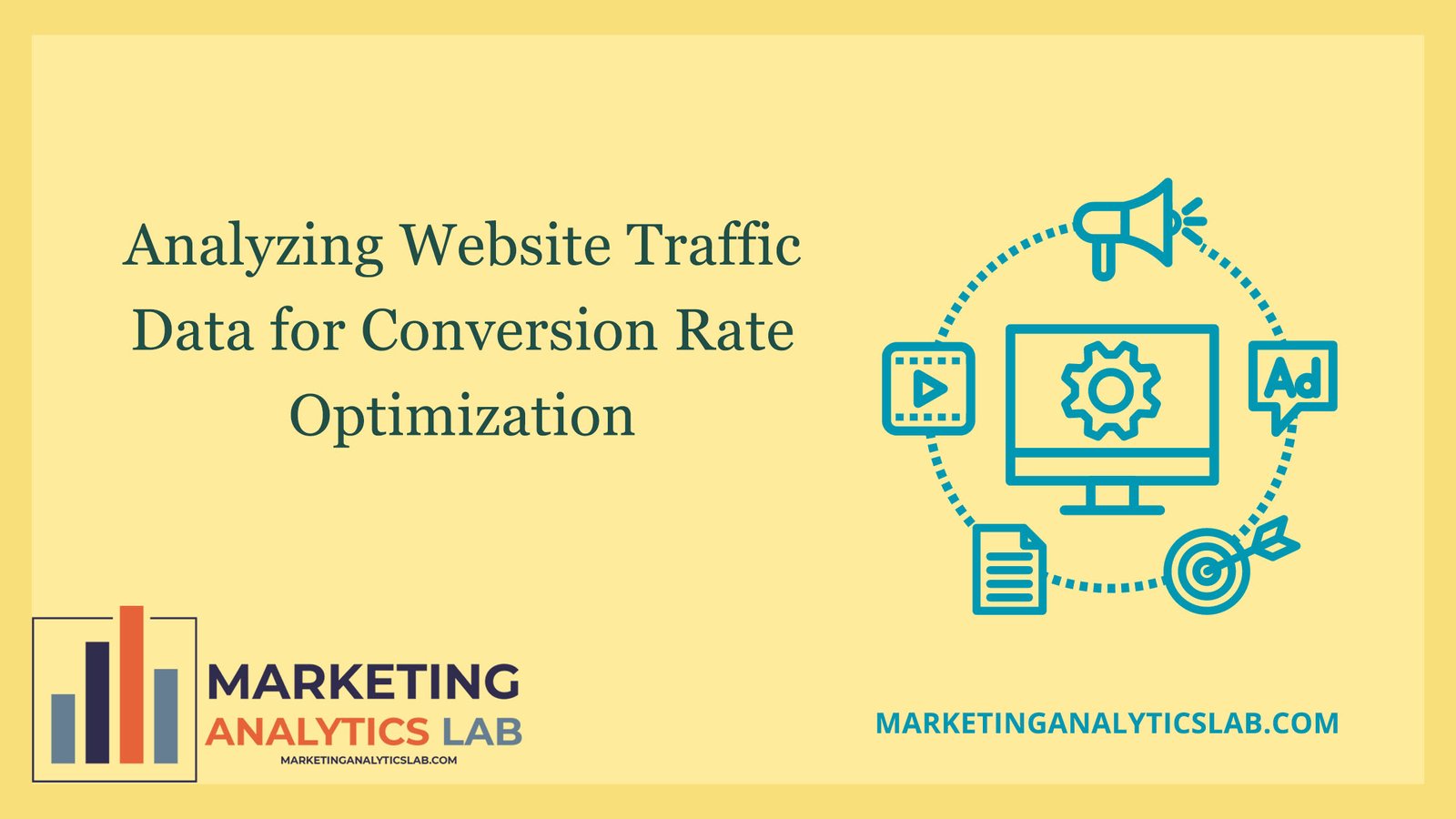Understanding Website Traffic Data
Website traffic data is a valuable resource for businesses looking to improve their online performance. By analyzing this data, businesses can gain insights into how visitors are interacting with their website, what pages are most popular, where traffic is coming from, and much more. This information can help businesses make informed decisions about their website design, content, and marketing strategies. By understanding website traffic data, businesses can identify areas for improvement and optimize their website for better performance.
There are several key metrics that businesses should pay attention to when analyzing website traffic data. These include total number of visitors, page views, bounce rate, average time on site, and conversion rate. Total number of visitors and page views can provide insights into the overall popularity of a website, while bounce rate and average time on site can indicate how engaging and user-friendly the website is. Conversion rate, on the other hand, measures how successful a website is at converting visitors into customers. By tracking these metrics over time and comparing them to industry benchmarks, businesses can identify trends and make data-driven decisions to improve their website’s performance.
In order to effectively analyze website traffic data, businesses can use tools such as Google Analytics, which provides detailed insights into website traffic, user behavior, and conversion rates. By setting up goals and tracking conversions, businesses can measure the success of their website in driving desired actions, such as making a purchase or submitting a contact form. Additionally, businesses can use A/B testing to experiment with different website elements, such as headlines, images, and calls-to-action, to see which versions result in higher conversion rates. By leveraging website traffic data and implementing best practices in web analytics, businesses can optimize their website for better performance and increase their conversion rates.
Implementing Conversion Rate Optimization
Conversion rate optimization (CRO) is the process of optimizing a website to increase the percentage of visitors who take a desired action, such as making a purchase or signing up for a newsletter. By analyzing website traffic data and identifying areas for improvement, businesses can make targeted changes to their website to improve conversion rates. This can include making changes to website design, content, calls-to-action, and checkout processes to make it easier for visitors to take the desired action.
There are several best practices that businesses can follow to implement conversion rate optimization effectively. One key practice is to conduct thorough research to understand the target audience and their preferences, behaviors, and pain points. By creating user personas and conducting user testing, businesses can gain insights into what motivates visitors to take action on their website. Additionally, businesses should continually test and iterate on their website design and content to see what resonates with visitors and drives conversions. By using A/B testing and multivariate testing, businesses can experiment with different elements on their website to see what works best in terms of driving conversions.
Ultimately, conversion rate optimization is an ongoing process that requires constant monitoring, analysis, and optimization. By regularly analyzing website traffic data, tracking key metrics, and implementing best practices in CRO, businesses can improve their website’s performance, increase conversion rates, and ultimately drive more revenue. By understanding website traffic data and implementing conversion rate optimization strategies, businesses can maximize the return on investment from their online presence and stay ahead of the competition in the digital landscape.

